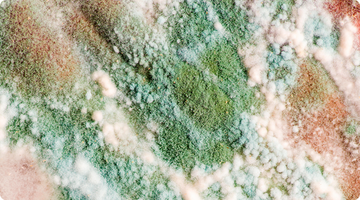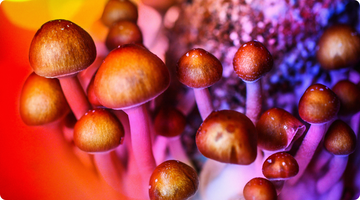Introduction
Foraging and mushroom cultivation may seem like two separate worlds, one rooted in the wild and the other in controlled environments. However, these two practices can complement each other in an unexpectedly harmonious way. In this blog post, we'll explore the fascinating connection between foraging for wild mushrooms and growing your own fungi at home, highlighting the benefits of each and how they can intertwine to deepen your appreciation for these amazing organisms.
The Thrill of Foraging
Foraging for wild mushrooms is a rewarding outdoor activity that allows you to connect with nature and explore the wonders of the forest floor. While the pursuit of edible mushrooms requires caution and knowledge, the thrill of discovering hidden treasures in the wilderness is a joy like no other. Foraging can provide a direct connection to the natural world, fostering a deeper understanding of ecosystems and the intricate relationships between species.
Benefits of Foraging:
-
Ecological Awareness: Foraging encourages us to learn about local ecosystems, recognize different tree species, and understand the relationships between trees, fungi, and other organisms.
-
Fresh Air and Exercise: It's an excellent way to enjoy the great outdoors, get some exercise, and reduce stress.
-
Sustainable Harvesting: Responsible foraging helps protect wild mushroom populations by promoting sustainable practices and raising awareness about conservation.
The Art of Home Mushroom Cultivation
While foraging is a fantastic way to connect with nature, cultivating mushrooms at home offers a different but equally rewarding experience. With the right techniques and a bit of patience, you can grow a wide variety of delicious and nutritious mushrooms in the comfort of your own home. Home mushroom cultivation is not only a sustainable practice but also a fun and educational hobby that can teach you about mycology and the life cycle of these fascinating fungi.
Benefits of Home Mushroom Cultivation:
-
Control Over the Process: You have complete control over the growing conditions, ensuring a safe and controlled environment for your mushrooms to thrive.
-
Fresh and Sustainable: Homegrown mushrooms are incredibly fresh, and you can harvest them at their peak. This reduces the need for store-bought, often plastic-wrapped mushrooms.
-
Year-Round Harvests: You can cultivate mushrooms year-round, giving you a constant supply of these delectable fungi.
The Symbiotic Relationship
The connection between foraging and home mushroom cultivation becomes clear when you consider how each practice enhances the other:
-
Knowledge Transfer: Skills and knowledge gained through foraging, such as identifying wild mushrooms and understanding their natural habitats, can be invaluable when cultivating mushrooms at home. This knowledge helps you choose the right species and growing conditions.
-
Sustainable Sourcing: Foraging can be a source of mushroom spores or mycelium, which can be used to kickstart your indoor mushroom cultivation. This ensures a direct connection between the wild and your home.
-
Expanded Palette: Foraging exposes you to a wider variety of mushroom species that you might not find in stores or choose to cultivate. This broadens your culinary repertoire and provides new opportunities for home cultivation.
Conclusion
Foraging and mushroom growing at home are two sides of the same mycological coin. By embracing both practices, you can deepen your appreciation for mushrooms, connecting with them in the wild and nurturing them in the comfort of your own home. This symbiotic relationship not only enriches your knowledge but also enhances your culinary experiences and fosters a deeper connection to the fascinating world of fungi. So, whether you're foraging in the woods or tending to your indoor mushroom garden, know that these two activities can beautifully coexist, bringing you closer to the magical realm of mushrooms.






